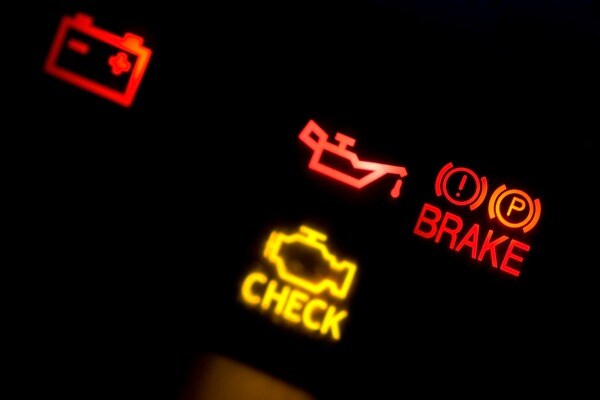OEMs and their suppliers are busy advertising driver focused features of crash response and passenger focused features of streaming entertainment with a car WiFi network. But is that what the connected car is really all about?
Well, let’s look into what’s in it for the OEMs –
1) Diagnostic information

Manufacturers are largely flying blind when it comes to understanding real world data about their cars. Connected cars allow manufacturers to identify failures and faults early, so they can start working on fixes much earlier than they do currently.
2) Software updates

Currently, if a vehicle needs a critical software update, auto manufacturers have to issue a recall and pay dealerships (at full $140/hr rates) to perform updates. If all newly manufactured cars were connected, OEMs can avoid the cost and negative reputation of issuing a recall for a software fix. As vehicles become increasingly reliant on computing, more and more software updates will be required in the future.
These are the primary reasons why OEMs include a limited time for “connected” service for new vehicles, ranging from 1 – 3 years after purchase. They figure that most of the critical issues will be figured out in the first year or so, and they won’t need to pull diagnostic data or make software updates after that.
For the consumer – what does a cellular connected car offer that is not already available by pairing your car to your Bluetooth connected smartphone? All of the consumer focused value, including personalizing the driver experience, streaming entertainment to passengers, and even crash response – can be delivered with a smartphone (possibly by adding on one device or another), with minimal additional cost.
For a rental or commercial fleet company, what is the added benefit of a connected car? The goal would be a fully automated car rental experience by offering remote lock / unlock, precise fuel, odometer, damage detection, and GPS tracking. First, GPS and cellular systems are unreliable. Second, rental companies would have to undertake the huge technology project of stitching together every manufacturer’s connected car system into the same interface, with security as a huge concern (considering an entire fleet would have unlock capabilities, with credentials passing through many hands). Third, OEMs charge between $10 – $20 per vehicle per month – far more costly than JumpDrive for the majority of the same features, available today across 30 vehicle manufacturers.
